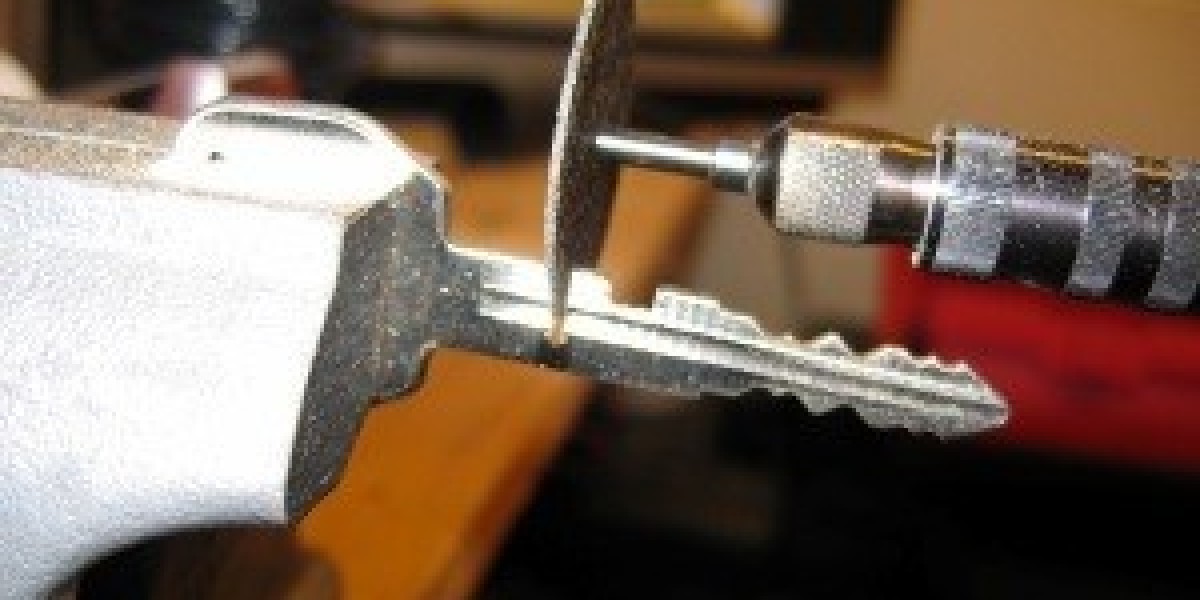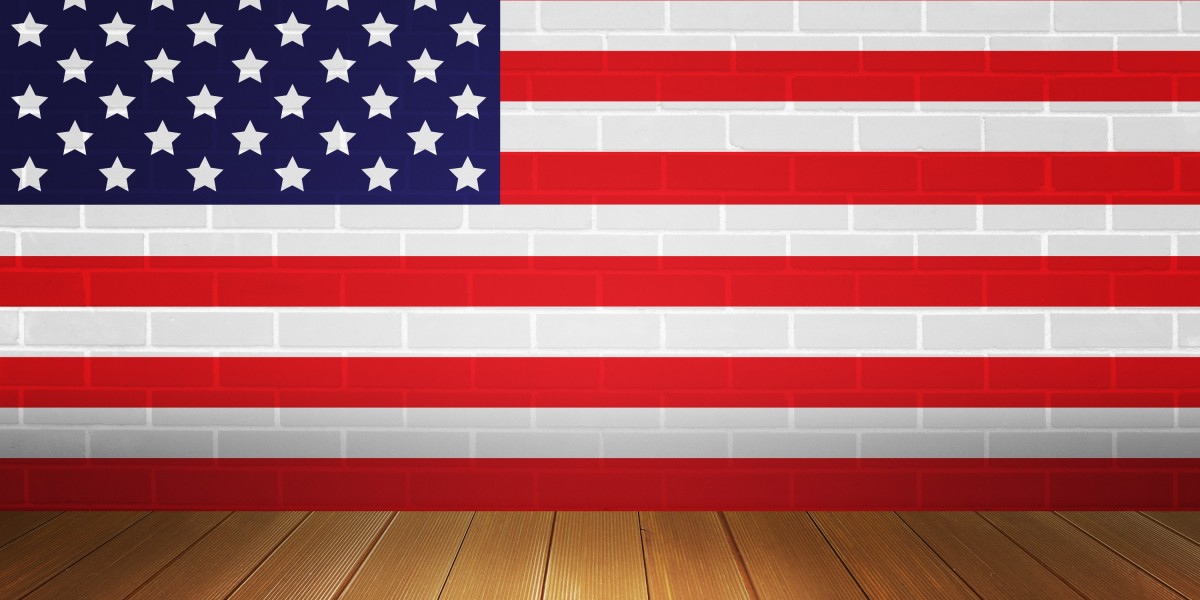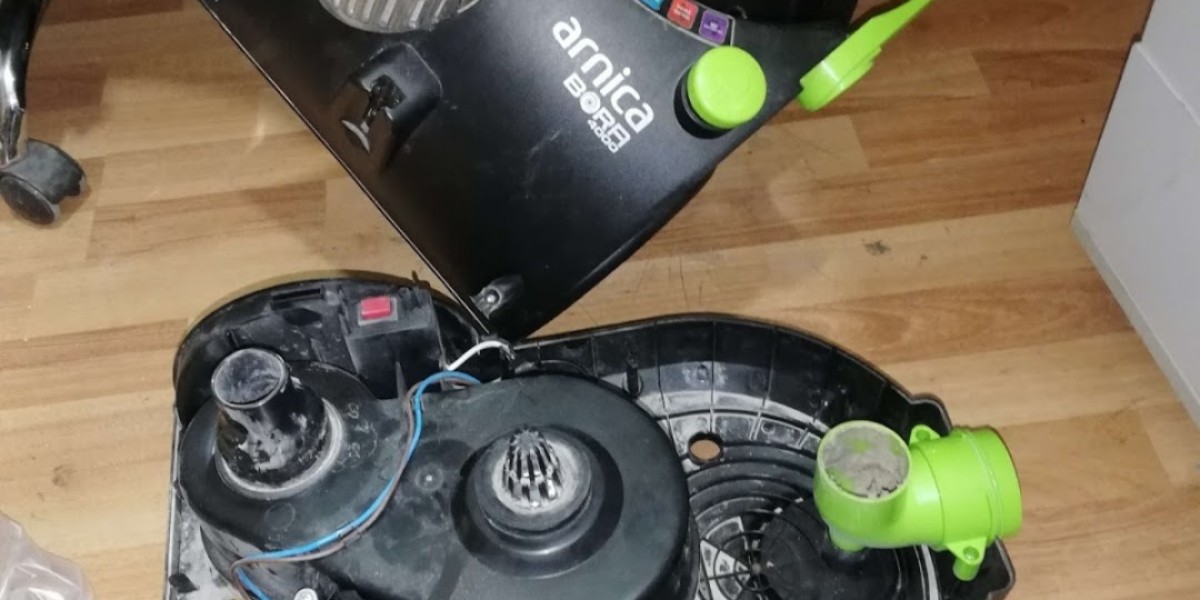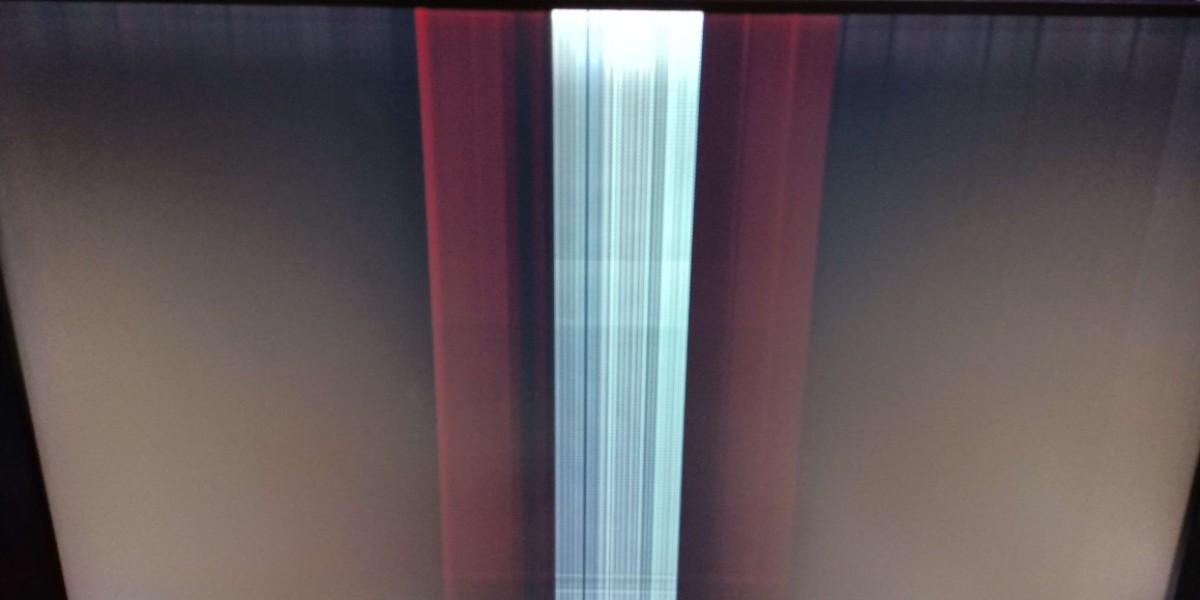UPVC (Unplasticized Polyvinyl Chloride) doors are among the most popular choices for modern homes due to their durability, energy efficiency, and cost-effectiveness. However, like any other household item, they can develop issues over time that require repair. Whether it's a minor problem like a squeaky hinge or a more serious issue like a broken lock, knowing how to repair an UPVC door can save you time and money. This article provides a detailed guide on common UPVC door repairs, along with some frequently asked questions to help you understand the process better.
Common UPVC Door Issues and Repairs
Squeaky Hinges

- Cause: Squeaky hinges are often caused by dry or rusted pivot points.
- Repair:
- Step 1: Identify the squeaky hinge.
- Step 2: Use a lubricant such as WD-40 or a silicone spray to oil the hinges.
- Step 3: Move the door back and forth a few times to distribute the lubricant.
- Step 4: Wipe off any excess lubricant with a clean cloth.
Loose Handles
- Cause: Over time, the screws that hold the handle in place can become loose.
- Repair:
- Step 1: Tighten the screws using a screwdriver.
- Step 2: If the screws are stripped or the holes are enlarged, remove the handle.
- Step 3: Fill the holes with epoxy putty or a wooden dowel.
- Step 4: Reinsert the screws and reattach the handle.
Broken Locks
- Cause: Wear and tear, damage from forced entry, or a malfunction in the locking mechanism.
- Repair:
- Step 1: Identify the type of lock (multi-point, euro cylinder, etc.).
- Step 2: Purchase a replacement lock of the same type and size.
- Step 3: Remove the old lock by unscrewing the screws and pulling it out.
- Step 4: Insert the new lock and secure it with the screws.
- Step 5: Test the lock to ensure it operates smoothly.
Drafty Doors
- Cause: Gaps in the door frame can allow cold air to enter and warm air to escape.
- Repair:
- Step 1: Check the door seals (gaskets) for wear and tear.
- Step 2: Replace any damaged seals with new ones.
- Step 3: Ensure the door is properly aligned in the frame. Adjust the hinges if necessary.
- Step 4: Apply a weatherstripping tape to the edges of the door frame for added insulation.
Cracked or Damaged Panels
- Cause: Impact from objects or natural aging can cause cracks or damage.
- Repair:
- Step 1: Remove the damaged panel by unscrewing the screws that hold it in place.
- Step 2: Measure the damaged panel to ensure you purchase the correct replacement.
- Step 3: Install the new panel by screwing it into place.
- Step 4: Test the door to ensure the new panel fits well and the door operates smoothly.
Sticking Doors
- Cause: Misalignment, swelling, or warping of the door.
- Repair:
- Step 1: Identify the area where the door is sticking.
- Step 2: If the door is misaligned, adjust the hinges to correct the alignment.
- Step 3: If the door is swollen or warped, sand down the affected area using fine-grit sandpaper.
- Step 4: Apply a thin layer of lubricant to the hinges and the sticking area.
- Step 5: Test the door to ensure it opens and closes smoothly.
Tools and Materials Needed
- Screwdriver
- Lubricant (WD-40 or silicone spray)
- Epoxy putty or wooden dowels
- Replacement locks or handles
- Weatherstripping tape
- Fine-grit sandpaper
- Measuring tape
- Replacement door panels
Preventative Maintenance Tips
Regular maintenance can help prolong the life of your UPVC door and prevent many common issues. Here are some tips to keep your door in good condition:
- Lubricate the Hinges: Once every six months, apply a lubricant to the hinges to keep them moving smoothly.
- Check the Seals: Inspect the door seals annually and replace them if they show signs of wear.
- Clean the Door: Use a mild detergent and a soft cloth to clean the door regularly. Avoid abrasive cleaners that can damage the surface.
- Adjust the Hinges: If the door starts to stick or becomes misaligned, make small adjustments to the hinges to correct the issue.
- Inspect for Damage: Regularly check the door for any signs of damage, such as cracks or warping, and address them promptly.
FAQs
Q: Can I paint my UPVC door?
- A: Yes, you can paint your UPVC door, but it requires some preparation. First, clean the door and sand it lightly to create a rough surface for the paint to adhere to. Then, apply a primer designed for plastic surfaces. Finally, use a specialized paint for UPVC or a high-quality exterior acrylic paint. Allow the paint to dry completely before using the door.
Q: How often should I replace the seals on my UPVC door?
- A: The seals on a UPVC door should be replaced every 5-7 years, depending on the quality of the seals and the climate. If you notice air leaks or water seepage, it's time to replace the seals.
Q: Can I fix a UPVC door that is not closing properly?
- A: Yes, you can often fix a UPVC door that is not closing properly by adjusting the hinges or replacing the seals. If the issue persists, it may be due to a problem with the locking mechanism, which will require more extensive repair or replacement.
Q: What should I do if my UPVC door is warped?
- A: If your UPVC door is warped, you may need to replace it. However, in some cases, you can try sanding down the warped area or using a hairdryer to heat the door and then gently bending it back into shape. Always test the door to ensure it operates smoothly after making these adjustments.
Q: How do I know if I need to replace the entire UPVC door?
- A: If your UPVC door has extensive damage, RepairMyWindowsAndDoors such as multiple cracks, severe warping, or a broken locking mechanism, it may be more cost-effective to replace the entire door. Additionally, if the door is no longer providing adequate insulation or security, it may be time to consider a new one.
UPVC doors are a great investment for any home, offering durability and energy efficiency. By understanding common issues and how to repair them, you can maintain your door's performance and appearance for years to come. Regular maintenance, such as lubricating hinges and checking seals, can also help prevent more serious problems. If you encounter an issue that you're unsure how to address, don't hesitate to consult a professional. With a little care and attention, your UPVC door will continue to serve you well.
Additional Resources
- Home Improvement Stores: For tools and materials, visit your local home improvement store.
- Online Tutorials: YouTube and other online platforms offer step-by-step video tutorials for various door repairs.
- Professional Services: If you're unsure about any aspect of the repair, consider hiring a professional handyman or locksmith.
By following this guide, you can tackle most common UPVC door repairs yourself and keep your home secure and comfortable.









